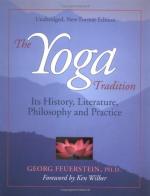|
This section contains 1,727 words (approx. 6 pages at 300 words per page) |

|
SOURCE: “Introduction,” in Thoughts on the education of daughters, by Mary Wollstonecraft, 1787. Reprint: Oxford: Woodstock Books, 1994, n.p.
In this introduction, Wordsworth compares Mary Wollstonecraft's Thoughts on the education of daughters, a social conduct manual, with John Locke's Some thoughts concerning education (1693).
The Nursery—Moral Discipline—Exterior Accomplishments—Artificial Manners—Dress—The Fine Arts—Reading—Boarding-Schools—The Temper—Unfortunate Situation of Females, Fashionably Educated, And Left Without A Fortune—Love—Matrimony—Desultory Thoughts—The Benefits Which Arise From Disappointments—On The Treatment of Servants—The Observance of Sunday—On The Misfortune Of Fluctuating Principles—Benevolence—Card-Playing—The Theatre—Public Places
Wollstonecraft did not provide Thoughts on the education of daughters with a Table of Contents, but a glance at the list she might have included tells us a good deal about the book. Aside from beginning in the nursery, she appears not be interested in structure. Though Wollstonecraft...
|
This section contains 1,727 words (approx. 6 pages at 300 words per page) |

|


